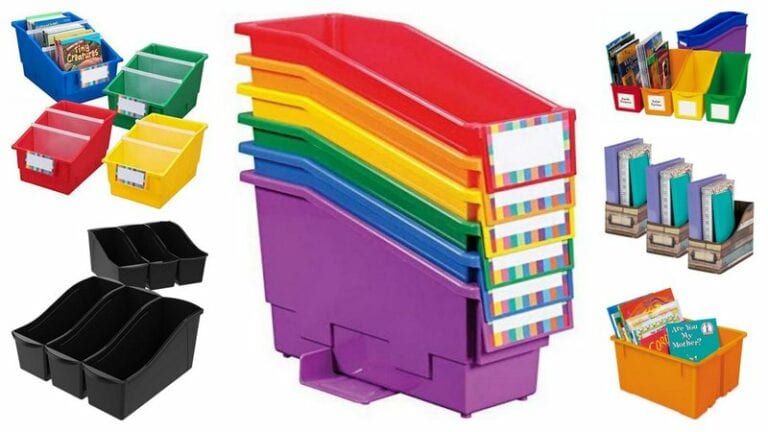Leveled libraries were once standard practice (and in some districts required), but in recent years there has been considerable pushback about their place in the classroom. Many teachers and literacy professionals now feel that leveled libraries do more harm than good. Even famed literacy gurus Fountas & Pinnell, who practically invented book leveling, have said, “It is our belief that levels have no place in classroom libraries, in school libraries, in public libraries, or on report cards.”
Here are five reasons it’s time to do things differently:
1. Leveling books is time-consuming.
Leveling your library takes a long time, and not every book is available through the various leveling tools (DRA, Lexile, Guided Reading Level, etc.). You could spend hours searching for books’ levels, labelling them, and organizing your library. This is time that could be better spent on other more important tasks.
2. Levels don’t always provide an accurate picture.
Level ratings are based on readability and required decoding skills, but there is so much more to determining a “just right” book. Often a reader’s ability to comprehend at different levels is based on background knowledge and experience with text. Some books that are classified as the right level are way over kids’ heads in terms of content. Just because a student can read difficult books doesn’t mean they are ready for mature themes and language.
3. Levels should be for teachers’ eyes and knowledge only.
We all know it’s important for teachers to assess students for their strengths and challenges. And reading levels can provide teachers with valuable data for informing instruction. However, that information should be considered privileged. Making reading levels public knowledge encourages comparison and competition among students instead of encouraging students to focus on their own growth.
4. Making their own choices empowers students.
Donalyn Miller, passionate proponent of allowing students to make their own book choices and author of The Book Whisperer: Awakening the Inner Reader in Every Child,says, “While children are learning the skills of reading, they must also develop a positive reading identity or they will not become lifelong readers.” She adds, “Removing, defining, limiting, or rejecting children’s reading choices disempowers them and creates negative attitudes toward reading—and most likely, school.”
5. Students need to learn to trust their own intuition.
In a recent article published in School Library Journal, “Thinking Outside the Bin: Why Labeling Books by Reading Level Disempowers Young Readers,” Pernille Ripp, author of Passionate Readers: The Art of Reaching and Engaging Every Child, says levels have become “labels that restrict our readers and tell them that their reading identity needs to be based on an outside influence—the teacher—and not their own intuition.”
Changing the way things have “always” been done is usually a tricky endeavor. But leveling libraries can take away much of a student’s agency. Teaching students to take ownership of their growth as readers by allowing them to make choices that are right for them is investing in the 21st-century skills they need.
What’s your take on leveled classroom libraries? Come share on our WeAreTeachers HELPLINE!
And check out these books that answer all of your questions about teaching reading.


